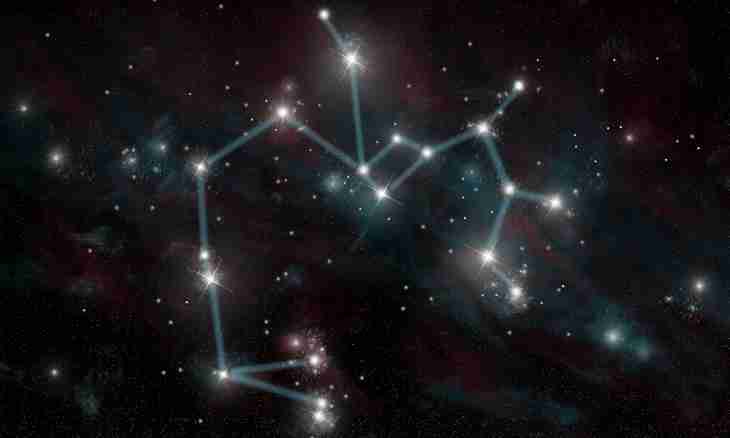People began to name congestions of bright stars a millennium ago. Since then the history of their names was forgotten and very few people know today why any given constellations received such designations on the celestial map.
Heroes of antiquity
Scientists believe that they the first thought up names for stars still shumerets, that is it occurred about five thousand years ago. During this time stars moved relatively each other and therefore we see already other outlines of constellations and not always we understand, than they are similar to animals, for example, in honor of which are called. Besides, with development of a civilization it is harder and harder for person to appear in space, clean from a city flare, and to see the most dim stars. And here if to finish drawing them and to consider movement on the sky in centuries, then it will become clearer why the bucket from seven stars is called Big Dipper. On the other hand, the nomadic people named it "Horse on a Leash", and Egyptians saw in it one of sacral animals, the Hippopotamus.
In the Northern hemisphere we observe constellations which names came from Ancient Greece and Ancient Rome. They are devoted to gods and heroes of myths. It is Cassiopeia, Pegasus, Lev and many others. For the first time they were written down by the Ancient Greek astronomer Evdoks. Its cards of steel very useful to sailors, exact breakdown of the sky helped to be guided by groups of stars at night on parts of the world. In those days people knew only 48 constellations.
Equipment and exotic
During an era of Great geographical discoveries seafarers saw the sky in the Southern hemisphere and began to name constellations, new for them, in honor of just invented or necessary devices in work.
The first serious catalog of constellations of the Southern hemisphere was issued in 1763 by Frenchman Nicolas Louie de Lacayl.
Then on the star chart there were a Compass, the Microscope, Compasses, Hours and others. And together with them and more romantic names – the Bird of paradise, the Toucan, Flying fish. So pioneers immortalized the impressions of the southern lands.
Astronomers of the 17th and 18th centuries, having received more perfect devices for observations, began to exercise the wit in detection of new constellations. They entered on cards of the Lonely Thrush, Plath Veronica, the Flying squirrel, the Typographical machine and other curious only for historians of the name now.
The constellation "George Lute" was devoted to the king George II who patronized astronomers. "Corona Firmiana" – to the archbishop Salzburg Leopold von Firmian who was the boss of the astronomer Thomas Korbinianus.
Besides, they tried to rename also the congestions of stars, known from antiquity. In 1922 the astronomers held the International congress and ordered the list of constellations, having reduced it by 29 names. Now it consists of 88 names between which a clear boundary is drawn.

